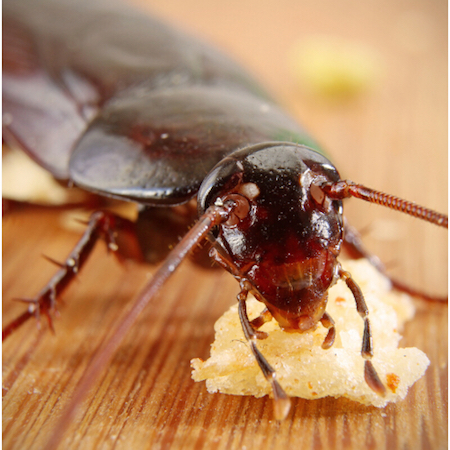
Carpet Beetle Control Totnes providing you with a first class Carpet Beetle Control In Totnes for Domestic and Commercial properties
Pest Control Services Totnes offer a premier Carpet Beetle Control in Totnes with affordable prices. We cover all aspects of Carpet Beetle Removal in both Domestic and Commercial properties. Carpet Beetle prevention and cure is our business.
We can also offer you a same day service as we know how intrusive pests can be, working 7 days a week and offering evening appointments.
You will find us most helpful, even if it is just advice that you require regarding any Carpet beetle Problem, just pick up the phone and give us a call and we shall be more than happy to help.
Schedule a call
Get a quote
Now it is easy and fast and you can book a consult within minutes!
Or Call Carpet Beetle Control Totnes Today On:01392 590 140
About Carpet Beetles
The beetles are fairly small, measuring 1.5 to 4mm in length. The body is strongly convex, rather like the ladybird beetle and is characterised by the pattern of yellow, black and whitish scales on the body.
Between 20 and 100 eggs are laid by the female during spring and early summer on furs, woollens and any dried materials of animal origin.
When the larvae hatch out, they are hairy and brown with three bunches of golden hairs on the abdomen. They normally reach a length of 4-5mm. They tend to avoid the light and, when disturbed, curl up into a ball.
The eggs hatch between 10 to 35 days depending on the temperature. The larvae can last at least a year depending on the quality of the food supply. The adult beetle lives from 7-41 days.
The adults appear in April, May and June and their resulting larvae hibernate during the following winter pupating during the latter part of February and March.
On emergence the adult beetles seek the light so they usually fly to the windows. They fly to light coloured flowers where they feed on nectar and pollen. After mating, the females enter houses during late summer and autumn and lay their eggs in birds’ nests in roof voids and other suitable places. The larvae feed on feathers and wool soiled with excrement.

